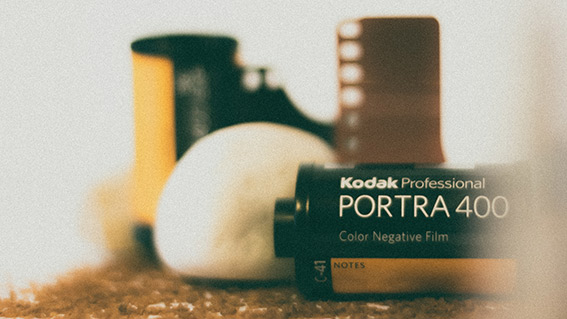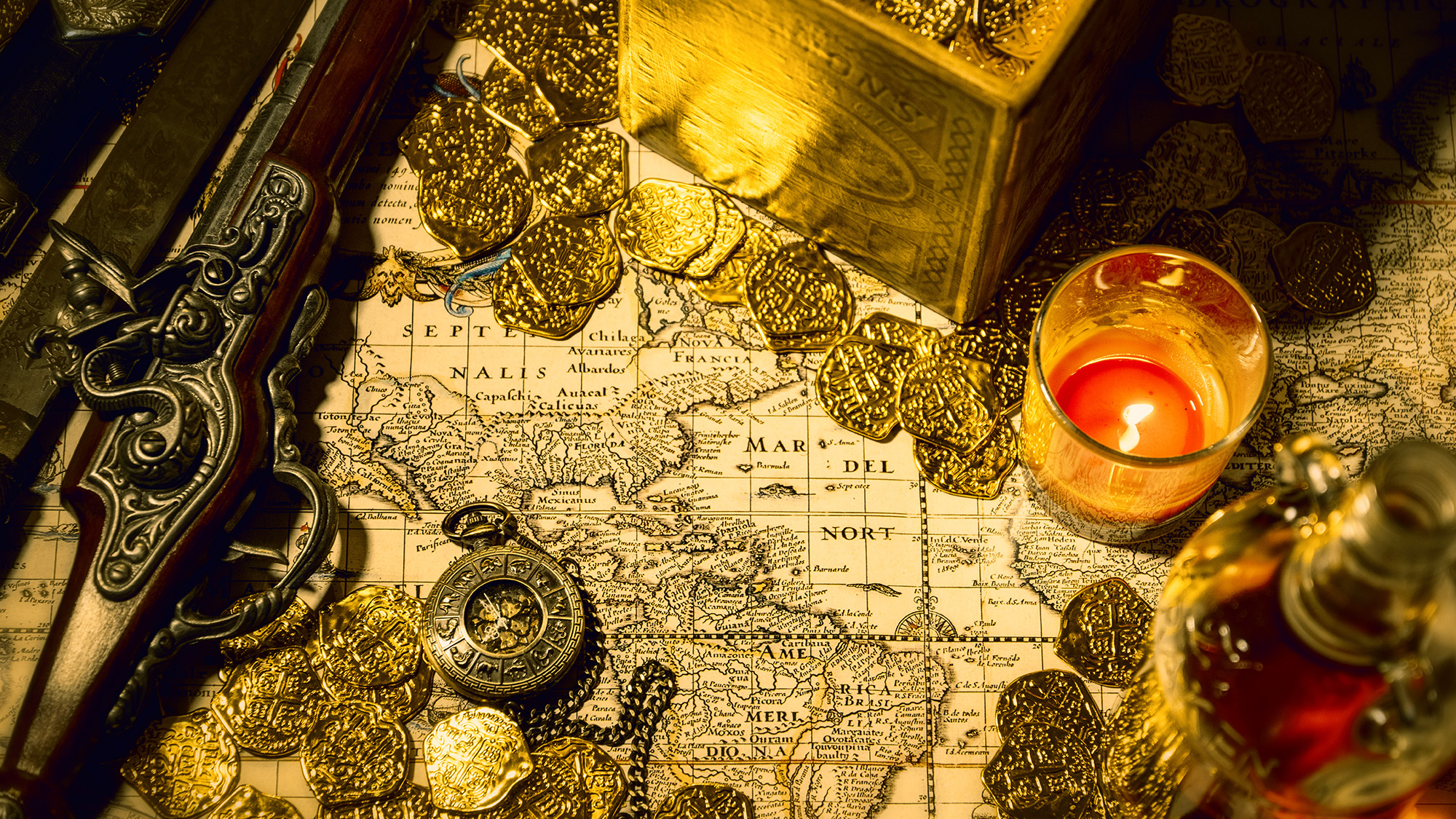Ever wondered how Kodak film is made? Find out in the Kodak Factory Tour video
Go behind the scenes at the Kodak Factory in New York with YouTube channel Smarter Every Day

If you shoot film, chances are you know a little bit about how it works and how it’s developed – but you might not know about how it’s made. The latest video (below) from Smarter Every Day on YouTube takes you on a tour around the Kodak factory in Rochester, New York, and shows you the process from start to finish.
Manufacturing film is a complicated process that demands specialist equipment, materials and a lot of know-how. Smarter Every Day's Destin Sandlin is an engineer and producer, who was recently invited on a behind-the-scenes tour of the Kodak Factory in downtown New York. It was founded in 1890 by George Eastman and, despite filing for bankruptcy in 2012, the plant is still producing film to this day.
• Read more: Best 35mm film, roll film and slide film
Most 35mm film produced at Kodak is made from polyethylene terephthalate pellets (PET) which is the most common thermoplastic polymer resin in the polyester family. To start the process, these pellets are ground down to a fine powder so that it takes up more surface area and can easily have a stabilizer added to it.
The powder mixture is then passed through giant metal “screws” where it is melted down by friction, passed through a vacuum to extract unwanted gasses, and then exits the screw as molten polymer.
Watch video: Kodak factory tour
Once the molten polymer has been filtered, it’s ready to start shaping it into clear rolls of film. It’s passed through a series of temperature-controlled rollers that start to stretch it out and as it gets thinner, the speed at which it moves across the production line increases.
Get the Digital Camera World Newsletter
The best camera deals, reviews, product advice, and unmissable photography news, direct to your inbox!
Different coatings are precisely added to the material as it travels along the production line, and these coatings can help the photosensitive layer bind better, give it an antistatic layer or even a conductive / gelatine coating depending on the final use of the film.
Once the film is taken off the accumulator, it is scanned for quality and then packaged in a large wooden box known as a casket. It's then stored until it’s needed to make photographic film somewhere else on site, used for electronics or sold to an external customer and shipped to a different location.
This is just part one of three videos that Smarter Every Day will be posting of the Kodak factory tour. Make sure you subscribe to the channel so you can find out how clear film is turned into the photosensitive film we use in some of the best film cameras you can buy.
Read more:
Best retro cameras
Best instant film cameras
Best digital instant cameras

Having studied Journalism and Public Relations at the University of the West of England Hannah developed a love for photography through a module on photojournalism. She specializes in Portrait, Fashion and lifestyle photography but has more recently branched out in the world of stylized product photography. Hannah spent three years working at Wex Photo Video as a Senior Sales Assistant, using her experience and knowledge of cameras to help people buy the equipment that is right for them. With eight years experience working with studio lighting, Hannah has run many successful workshops teaching people how to use different lighting setups.

